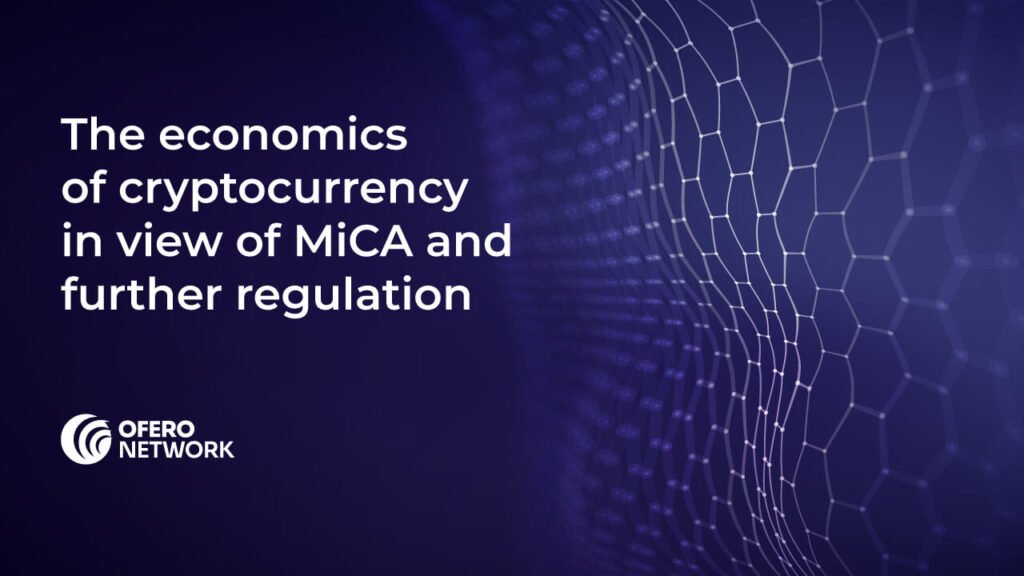Written by: Alexandru Părăușanu
In June this year, the European Commission reached a consensus on how to regulate cryptoassets, which drew mixed views from players in the digital asset market.
Enthusiasts mainly complained that regulating digital assets would steal the charm of this new asset type, as decentralization and self-governance are at the heart of cryptocurrencies. However, the Commission’s proposed regulations were primarily aimed at protecting investors’ interests and avoiding disasters such as the collapse of Luna, thus creating a climate conducive to mass adoption of this new technology.
The explanatory memorandum to the proposed regulation states that the proposal reflects the “Commission’s priorities to prepare Europe for the digital age and to build an economy that is fit for the challenges of the future and at the service of citizens.”
The main objectives of the regulation are:
– to regulate “stable” cryptocurrencies,
– the introduction of rules on the whitepaper of cryptoasset issuers,
– establishing obligations on digital wallet issuers and exchange operators with regard to customer identification, but also obligations with regard to ensuring the security of assets held by customers and the liability of these entities in case of theft or loss of assets,
– the liability of market players regarding their carbon footprint.
Stefan Berger, the MEP who led the negotiations on the adoption of the proposals for the regulation, argued that the regulation will ensure the possibility of developing a uniform market, a fair competitive climate for market players and increased safety for consumers.
As for digital wallet issuers and exchange operators, they will be obliged to apply for registration with financial authorities before starting their business. Once they have obtained the relevant approvals, they will be obliged to apply strict rules on customer identification, such as requiring customers to present their identity card and bank statement to validate their identity. Digital wallet issuers and exchange operators will also be obliged to ensure the integrity of assets held by customers in digital wallets and will be liable if they are stolen/lost.
It is noted that the changes are welcome for the average consumer, as they will have the right to take the aforementioned operators to court to recover lost assets. This is an attempt to solve the problems surrounding asset theft through hacking.
As far as stable cryptocurrency issuers are concerned, they are receiving special attention from the authorities, with algorithmic stable cryptocurrencies (such as Luna) being virtually annihilated.
Thus, stable cryptocurrency issuers are required to hold real asset pools of 1 to 1 with the number of cryptoassets issued. This cryptocurrency backing mechanism is already considered the safest in the market, with Thether and USDC being the main exponents of this system.
In addition, the regulation strengthens consumer protection by giving stable cryptocurrency holders the right to request the conversion of cryptoassets into fiat at any time. This will make it impossible for stablecoin issuers to block the conversion of assets into fiat in order to save liquidity and avoid massive dumping.
Finally, stablecoin issuers will be under the close supervision of the European Banking Authority, as one of the conditions imposed by the regulation for the coin to be admitted to trading in the Union is that the issuer must have a registered office in one of the EU Member States.
Regarding the carbon footprint of cryptoassets, the Commission has been rather late with the proposed regulation, given that most blockchains have moved or are moving from proof of work technology to proof of stake, which significantly reduces “gas fees” and carbon footprints by eliminating high processing power computers, which generate high electricity consumption.
For those still using proof of work, crypto market players offering such coins for trading are required to issue statements on the amount of energy used and make public online information on the climate impact of their activities.
In conclusion, the new regulations are conducive to the uptake of cryptoassets and, even if they place additional obligations on market players, they only enhance consumer security.
Recently cryptoassets have come under immense pressure, with investors preferring to keep their funds in less volatile assets. Even so, blockchain technology and cryptoassets are recognised by the Commission as the future of finance, creating a bullish signal in the market.

